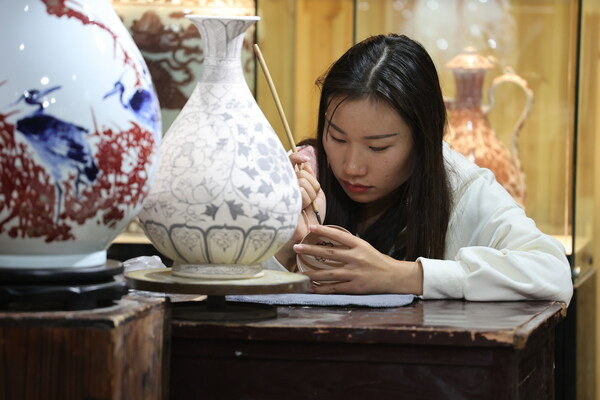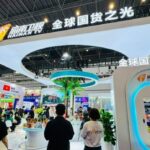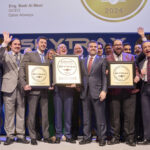BEIJING, Oct. 20, 2023 /PRNewswire/ — A report from China Daily:

A woman paints porcelain at a ceramic workshop in Taoyangli imperial kiln historical block in Jingdezhen, Jiangxi province. Li Jin / China Daily
In Jingdezhen, the historical city in East China’s Jiangxi province famous for being a “porcelain capital”, creative blocks are adding new vitality.
A shining example is the Taoyangli imperial kiln historical block, an old suburb that has been preserved and restored and is now one of the city’s most popular entertainment enclaves.
Housing imperial kiln ruins, museums and ceramic workshops, the historical block offers visitors an immersive experience to explore the culture of porcelain. The roads, composed of broken ceramic tiles, tell the story of when workers repurposed tiles that were damaged during the production process-a unique characteristic that brings the city’s porcelain history to life.
The block is experiencing further development as the local government ramps up efforts to restore old areas. Since 2016, the authorities have implemented a series of urban renewal projects centered around Jingdezhen Imperial Kiln Museum as well as the supporting infrastructure construction around the Jingdezhen imperial kiln factory scenic area.
Taoyangli historical block is currently the area with the most preserved and intact historical buildings in Jingdezhen, and to better pass on the Chinese ceramic culture and preserve the city’s memories, it has seen further development of more business patterns. It is now home to more than 500 homestays and workshops of masters and inheritors of ceramic-making skills.
Dai Xiaoling, senior arts and crafts master of Jiangxi province, opened a ceramic workshop in the historical block in 2021, where guests can get hands-on experience, including pottery throwing and glazing of ceramics.
“Our family has been doing handmade ceramics at imperial kiln factories for generations and we are the inheritors of this craft,” Dai said. “We hope to find tranquility here to pursue our art, to express our values, and to pass on our knowledge to others.”
Creative ceramic culture is also on display in Taoxichuan, or Ceramic Art Avenue, former site of the Yuzhou Porcelain Factory, one of the 10 major porcelain factories in Jingdezhen in the early days of the establishment of the People’s Republic of China.
Thanks to efforts to utilize and protect ceramic industry heritage, Taoxichuan has been transformed into an urban creative district with a blend of tradition, fashion, art and high technology through structural renovation and environmental creation.
From ceramic industrial heritage museums and modern art museums to ceramic art shops, it is easy for visitors to experience the unique charm that emerges from the intersection of ancient pottery factories and contemporary art in the historical blocks, which hold activities and events year-round. One of the most popular is the Taoxichuan spring and autumn art fair, which was held from Oct 17-19 and attracted more than 500 artists and craftsmen from home and abroad.
The fair held a series of activities, including traditional manual craftsmanship, contemporary art, musical performances, food festivals, art exhibitions, art lectures, product launches, study tours and intangible cultural heritage courses to present the world with a diversified and vibrant vision of Jingdezhen.



















